How Much Should You Charge for Bush Hogging?
If you’re pricing bush hogging for the first time (or you’re revisiting rates because parts, fuel, and insurance keep climbing), there’s no single “right” number. Rates swing with equipment, terrain, travel, and risk. We surveyed lawn care professionals to see what they charge for bush hogging. Below is a simple way to set a profitable price without costing you and your equipment.
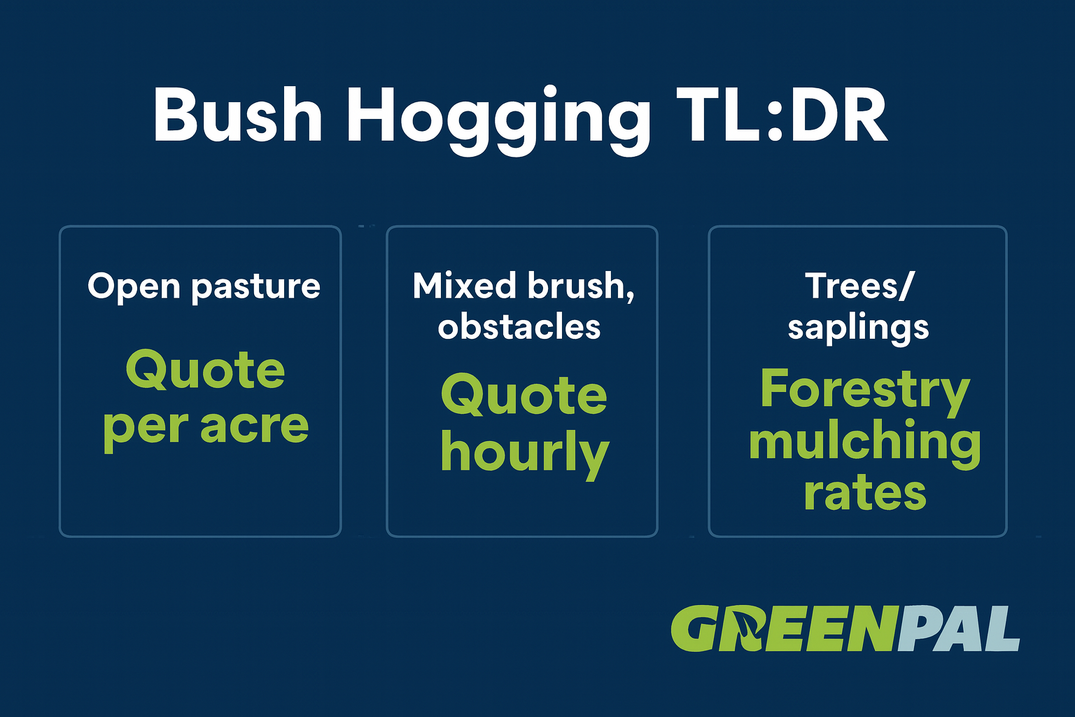
Bush Hogging ≠ Mowing a Lawn
Bush hogging is heavy-duty clearing with a tractor and rotary cutter. It beats back tall grass, briars, and saplings. Most importantly for landscaping professionals, it beats up gear. Compared to typical lawn mowing, you’re burning more fuel, hitting hidden obstacles, and exposing higher-value equipment to damage. Your price has to reflect that reality.

Common Ways to Price
1) Hourly (tractor + 5–6 ft rotary cutter)
In many regions, bush hogging with a tractor and 6-ft cutter typically runs $85–$120 per hour. For tougher ground with rocks, slopes, or debris, contractors often push toward the upper end of the range.
2) Per acre (open, mowable field)
A common benchmark is around $100 per acre for relatively open pasture, with discounts at scale or surcharges for heavy growth. A 6-ft cutter can cover about 2.4–3 acres per hour in perfect conditions, though real-world speeds are often slower.
3) Forestry mulching (skid steer + mulcher head)
This isn’t technically bush hogging, but many customers lump it in. Forestry mulching typically costs $125–$300 per hour or $400–$800 per acre depending on density.
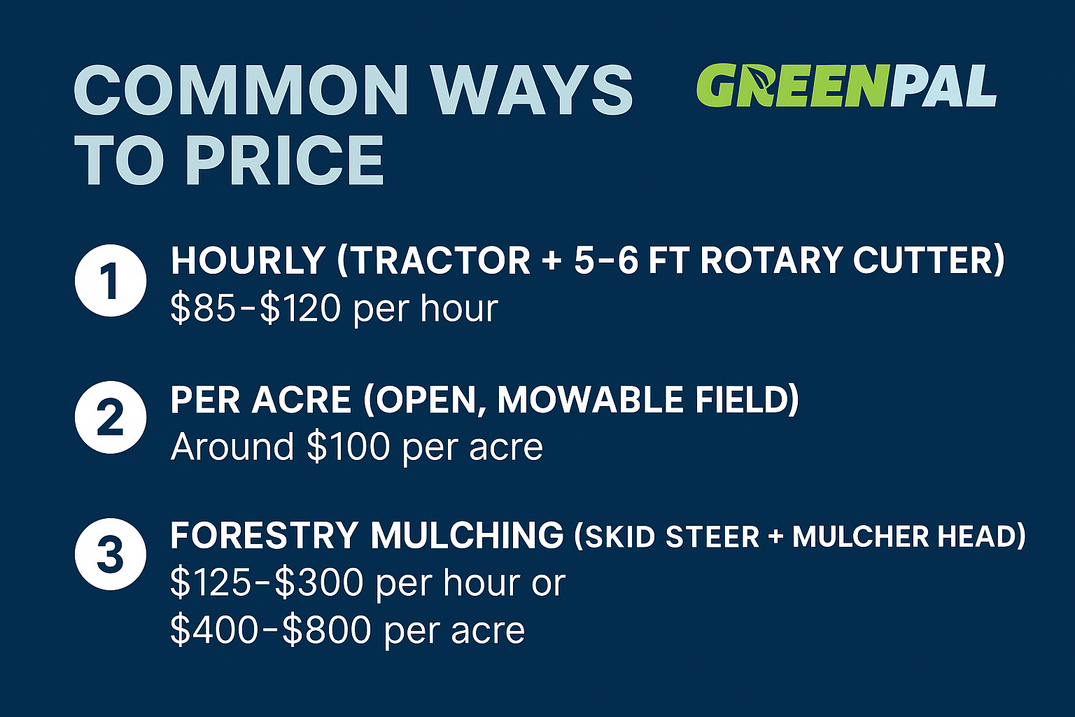
Build a Minimum That Protects You
Many pros emphasize a 2–3 hour minimum (or a flat show-up fee) to cover hauling, setup, and the risk of hitting something that breaks blades or gear. Without a minimum, small jobs often lose money once fuel and transport are factored in.
What to include in your minimum:
Travel and hauling time
On-site walkthrough and hazard check
Fuel for tractor and truck
A reserve for inevitable repairs
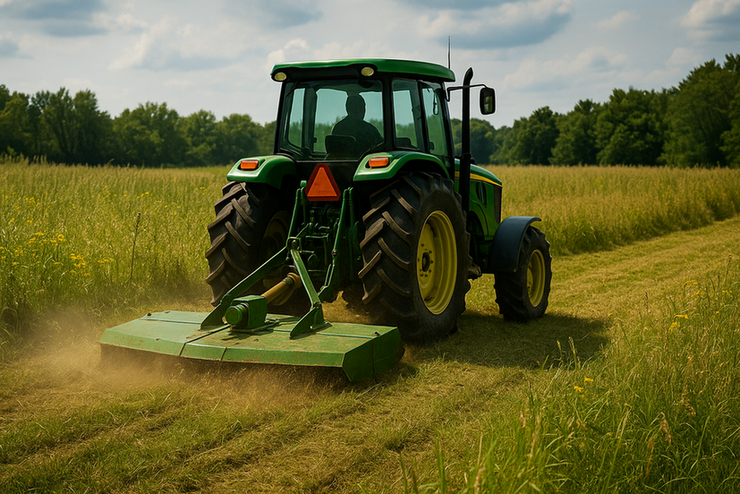
How to Quote in 5 Steps
Pre-site check. Ask for recent photos and a map pin. Clarify acreage, terrain, slopes, fences, and junk piles.
Choose pricing mode. Per acre if it’s open; hourly if it’s obstructed or uncertain; mulching if trees need grinding.
-
Set your base rate.
Tractor with 6-ft cutter: $85–$120/hour
Open pasture per acre: about $100/acre
Forestry mulching: $125–$300/hour or $400–$800/acre
Add your minimum. At least 2–3 hours or a mobilization fee.
List clear surcharges. Debris removal, rocks, slopes, re-cuts, and off-haul should all be spelled out in advance.
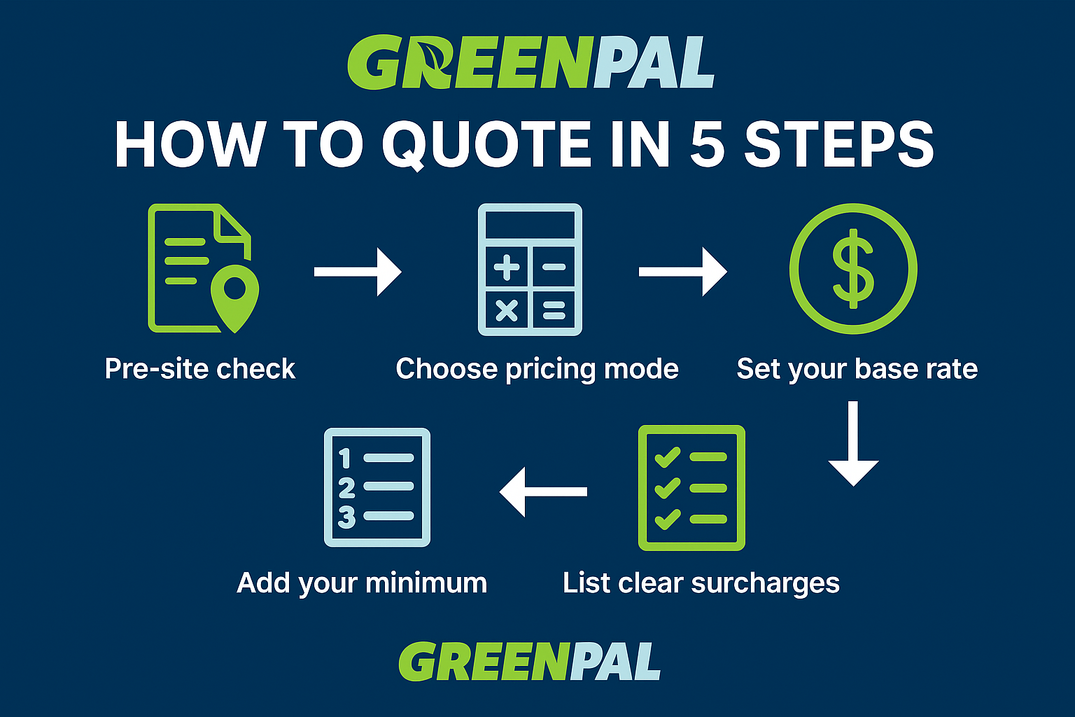
A Simple Rate Table
| Service & conditions | Typical way to price | Working range* |
|---|---|---|
| Tractor + 6 ft rotary cutter, open field | Per acre | ~$100/acre |
| Tractor + 6 ft rotary cutter, mixed/obstructed | Hourly + 2–3 hr minimum | $85–$120/hr |
| Forestry mulching (brush/tree grinding) | Hourly or per acre | $125–$300/hr or $400–$800/acre |
*These ranges are based on contractor surveys and Extension data. Set your rate according to your costs, demand, and risk.
Reality Check: Are You Profitable?
When all is said and done the goal is to make a profit. If you aren't profitable stick to regular mowing. Here are some things to keep in mind when checking for profitability.
Fuel: Build quotes on current pump prices plus a buffer.
Wear and tear: Blades, gearboxes, tires, and hydraulics all fail eventually.
Production: If you’re cutting closer to 1.5–2 acres/hour instead of 3, your per-acre price needs to reflect that.
Opportunity cost: Don’t charge less than the rental cost of the machine. Your expertise and insurance have value.
How to Handle Price-Shoppers
Some prospects will try to dictate what they’ll pay. Keep it polite, but walk away if the numbers don’t add up. Contractors consistently report that the cheapest customers are the hardest to work with; scope creep, delays, and non-payment are common. A clear minimum and written scope protect both sides and show you’re running a professional operation.
With bigger projects like this, it makes sense to see the site and do your own estimate without just taking the customer's word for it.

Bottom Line
Bush hogging rates aren’t one-size-fits-all. The most successful pros price by conditions, set strong minimums, and always charge for the risk they carry. Use the ranges above as a starting point, explain the difference between pasture mowing and forestry mulching, and stand firm. The right customers will pay for quality—and call you back next season.
Looking for more ways to grow your lawn care business? Join GreenPal today and connect with clients who value quality work and pay on time.







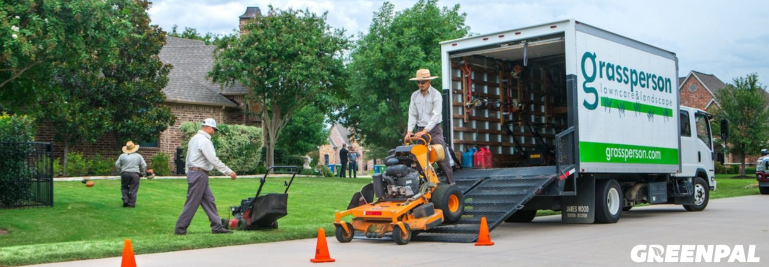









.png)
.png)


